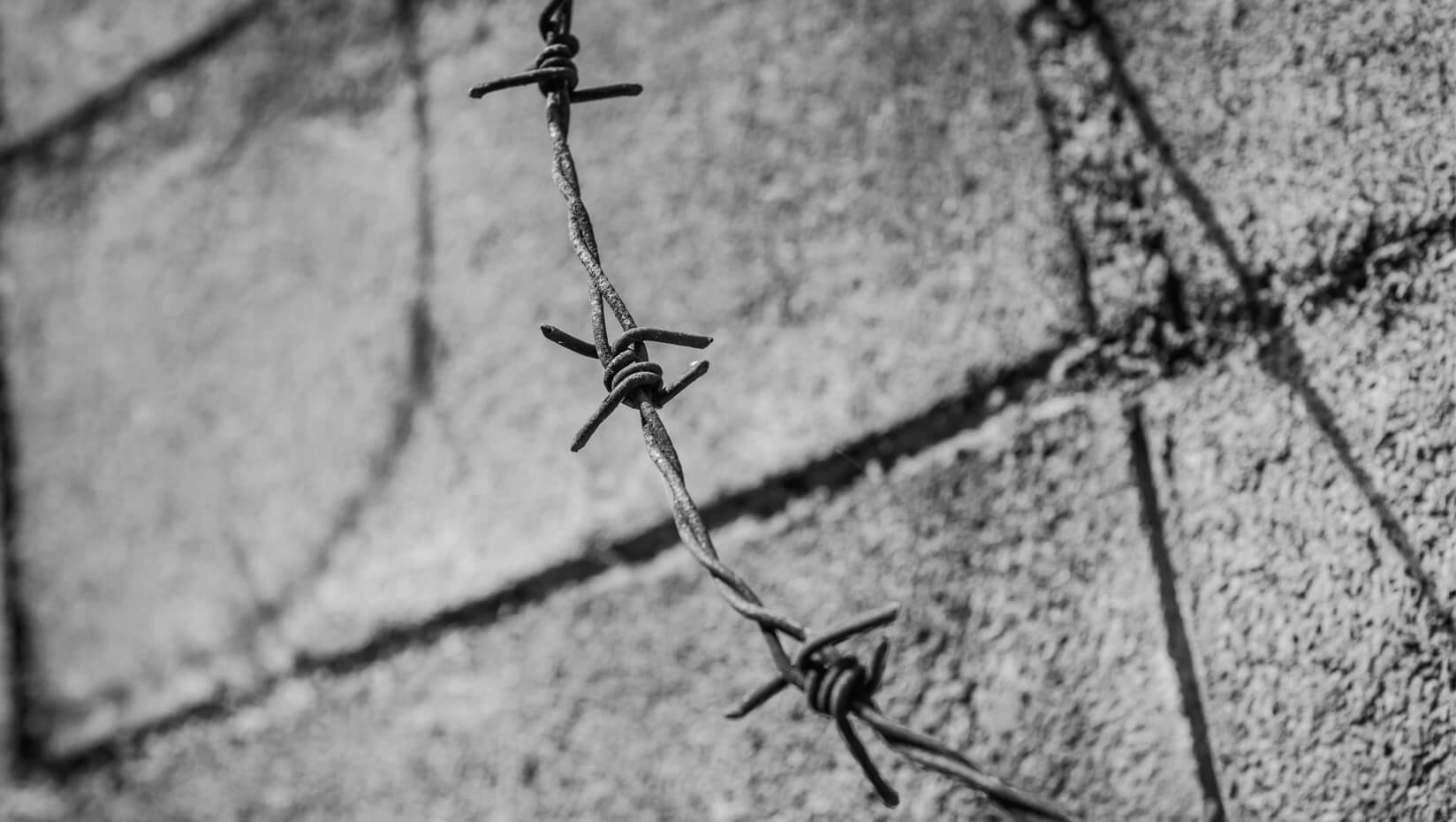
UMaine historian awarded NEH grant for cutting-edge digital Holocaust ghettos project
Historical geographer Anne Knowles has been awarded nearly $300,000 to use cutting-edge technologies to analyze Holocaust ghettos and the millions of people caught in their brutal conditions during World War II.
A three-year, $296,455 National Endowment for the Humanities Digital Humanities Advancement Grant will fund “The Holocaust Ghettos Project: Reintegrating Victims and Perpetrators through Places and Events.”
Knowles is directing the project with co-directors Paul Jaskot of Duke University and Anika Walke of Washington University in St. Louis. They’ll combine three approaches from digital and spatial humanities to construct a place-based model.
“Our project is intended to bridge the long-standing divide in Holocaust studies between victims and perpetrators by locating them together in places targeted by ghettoization,” says Knowles, the Colonel James C. McBride Distinguished Professor of History at the University of Maine.
The researchers will create a historical geographic information system (GIS) of 1,400 ghettos by extracting key information from the United States Holocaust Memorial Museum’s (USHMM) Encyclopedia of Camps and Ghettos. This will enable the first systematic, comparative analysis of Jewish ghettos, forced labor and mass murder in Eastern Europe from 1939 to 1945, says Knowles.
Knowles also has 1,800 transcripts of video interviews from USHMM and the Visual History Archive of the University of Southern California Shoah Foundation. The team will analyze the many ways that Holocaust victims described the ghettos and their experiences during post-war interviews.
Researchers then will use geovisualization — the display of information that has a geospatial component — to explore spatial patterns and physical characteristics of ghettos. They’ll reconstruct victims’ movements and connect individual trajectories to the larger events that forced millions from their homes.
Linguistic analysis of the Holocaust survivors’ interviews, along with data visualization and mapping, will “bring out the deep commonalities and the particularities of the ghettos and their residents,” Knowles says.
Jaskot is professor of art, art history and visual studies, and director of the Wired! Lab of Digital Art History at Duke. The grant will support his research on the built environment of the Krakow ghetto — the ghetto in Steven Spielberg’s film “Schindler’s List” — and the use of forced labor in the German construction industry during WWII.
“With this grant, we can expand our exploration of how perpetrators and victims of the Holocaust intersected in specific spaces. I am excited about attempting to model German plans for occupied Krakow while also capturing Jewish experience of the spaces and labor in the ghetto,” he says.
“By working at the microscale of the city as well as the macroscale of the system, we can come to a more complex understanding of the spaces and experiences of ghettoization.”
Walke, assistant professor of history at Washington University in St. Louis, is a specialist on the Holocaust in the former Soviet Union. For the project, she’ll focus on Belarus, Ukraine, and Galicia, particularly the relationship between ghettoization and localized mass murder.
“We hope to make an important contribution to Holocaust and genocide studies by visualizing the variety of ghettos and other places of constriction that the Nazi regime used, and how they were connected to the policies and practices of exploitation and extermination that unfolded differently across the German-occupied territories,” she says.
“The project will also allow us to better analyze the Jewish experience of ghettoization, such as opportunities for survival and resistance, in different places and under distinct conditions.”
The research team also includes geographers and historians at Stanford University, Texas State University, Bristol University and UMaine, where graduate and undergraduate students have been laying the foundation for the project since 2016.
UMaine history Ph.D. candidate Justus Hillebrand has worked with Knowles to design and test the Holocaust ghettos historical GIS. History master’s student Abigail Belisle Haley, an intern with Knowles, will study women’s experiences as a research assistant. Recent undergraduates Jennifer Cashin (anthropology/history) and Sarah Treadwell (history) compiled many of the interviews that the team will use.
The NEH grant, with additional support from UMaine’s College of Liberal Arts and Sciences, will support graduate and undergraduate involvement throughout the three years of the project.
“I’m really looking forward to building a team of student researchers at UMaine,” Knowles says.
Knowles, Jaskot and Walke are members of the Holocaust Geographies Collaborative, a multi-institutional research group that utilizes technology — including GIS — to re-examine the Holocaust.
In 2014, the collaborative published the book “Geographies of the Holocaust,” which explores the Holocaust at every scale of human experience, from the European continent to individual people’s bodies.
The researchers found that GIS was well suited to mapping perpetrator actions, including the expansion of concentration and labor camps. But it failed to capture victim experiences or the human meaning of the Holocaust.
“This is what pushed us to learn new linguistic methods, so that we could study the personal geographies of victims,” says Knowles. “We are very excited to have NEH support to pursue that work in relation to Holocaust ghettos, a topic of great interest today in Holocaust studies.”
This NEH grant builds on exploratory work that Knowles and her colleagues did 2016–18 with an NEH Digital Humanities Start-Up Grant.
Contact: Beth Staples, 207.581.3777
